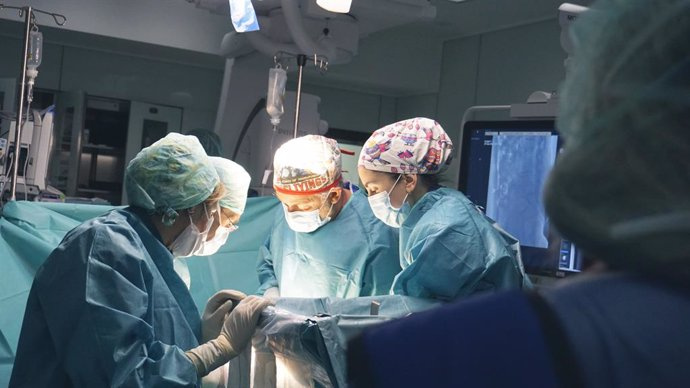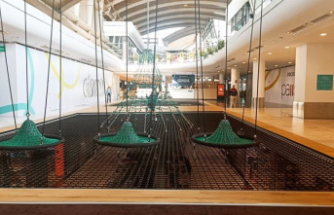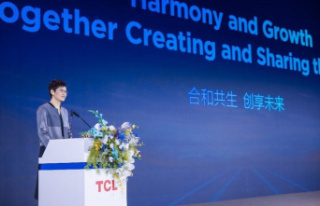(Information sent by the signatory company)
More than 85% of those treated with techniques such as vertebroplasty or kyphoplasty regain functionality and improve their quality of life.
REAL CITY (CASTILLA LA MANCHA), April 22. (EUROPA PRESS) -
The president of the Spanish Spine Society (GEER), director of the Advanced Spine Institute and head of the Spine Unit of the Quirónsalud Hospital in Ciudad Real, Luis Álvarez Galovich, defended this Friday the benefits of minimally invasive surgical intervention to the time to face osteoporotic vertebral fracture. Vertebral reinforcement techniques, such as vertebroplasty or kyphoplasty, "reduce the pain it causes, promote the recovery of functionality and considerably improve the quality of life of patients."
According to the expert, one of the 100 best doctors in Spain according to the recently published Forbes list, "more than 85 percent of the cases treated with these techniques recover lost functionality, become more active and improve their quality of life." Álvarez Galovich has stressed that, "as these are minimally invasive procedures, they can be used even in the most complex cases or in elderly patients."
The president of the Spanish Spine Society (GEER) and head of the Spine Unit at the Quirónsalud Hospital in Ciudad Real has explained that osteoporotic vertebral fractures cause "great disability, as well as pain to patients, in addition to progressively deforming the entire spine." spine".
Therefore, "it is necessary to address it as soon as possible, especially in order to stop this progressive deterioration and fragility of the skeleton." These types of accidents cause chronic pain, curvature, reduce quality of life and increase the risk of suffering new fractures, since the broken bone affects the distribution of weight along the spine.
Vertebroplasty is usually performed under local anesthesia and using a guide that is placed under radiological control and serves to inject a cement mixture into fractured bone and kyphoplasty inserts a balloon into the bone to create a space and then fill it with cement.
Osteoporotic vertebral fracture is the most prevalent fragility fracture caused by osteoporosis. These compression fractures usually occur spontaneously or due to mild trauma in patients with weak bone consistency. Conservative treatment, rest and taking painkillers, "can be effective in 80 percent of cases."
However, "on some occasions a progressive deformity and disabling pain may occur that does not respond to conventional treatments," the expert stressed. For this reason, the president of the Spanish Spine Society and head of the Spine Unit of the Quirónsalud Hospital in Ciudad Real, in order to avoid cascade fractures, recommends, in most cases, "performing this minimally invasive vertebral reinforcement that prevents continued deterioration of the spine.
Approximately 15 percent of fractures due to osteoporotic causes are vertebral fractures that cause "the loss of height of the vertebral bodies and discs, and exponentially increase the risk of suffering new fractures," added Dr. Luis Álvarez Galovich.
Osteoporosis is a chronic metabolic disease that affects the skeleton and causes a decrease in bone density and resistance, which causes a greater predisposition to suffer fractures. However, only a few high-risk cases of fractures are adequately treated.
Age and gender are two of the main determining factors, since osteoporosis especially affects women, mostly after menopause. Therefore, experts recommend that women undergo specialized monitoring during this period, improving calcium intake to reinforce the quality of their bones, since osteoporosis does not present symptoms before the fracture itself.
At the Quirónsalud Ciudad Real Hospital, the presence of a multidisciplinary team stands out to address this type of case, which includes doctors specialized in menopause and osteoporosis, to the entire team of professionals from the Spine Unit, directed by the president of the Society. Spanish Spine Institute (GEER) and director of the Advanced Spine Institute, Dr. Luis Álvarez Galovich.
The Advanced Spine Institute brings together multiple professionals from different specialties under a common interest: spine pathology. This allows all aspects related to spinal diseases to be treated holistically, offering patients the latest techniques and treatments.













